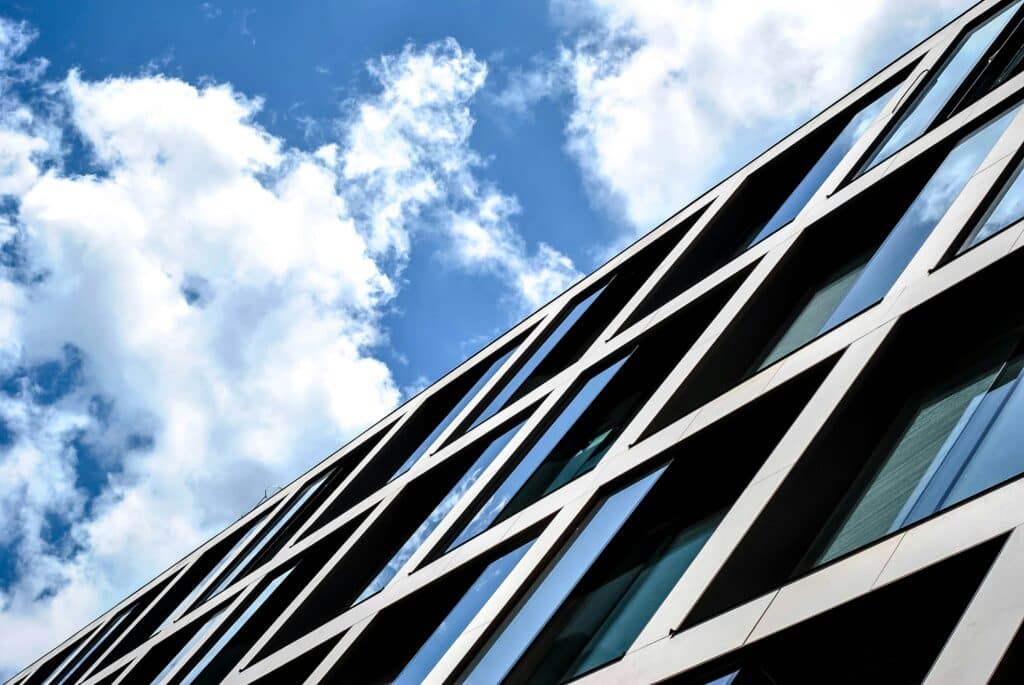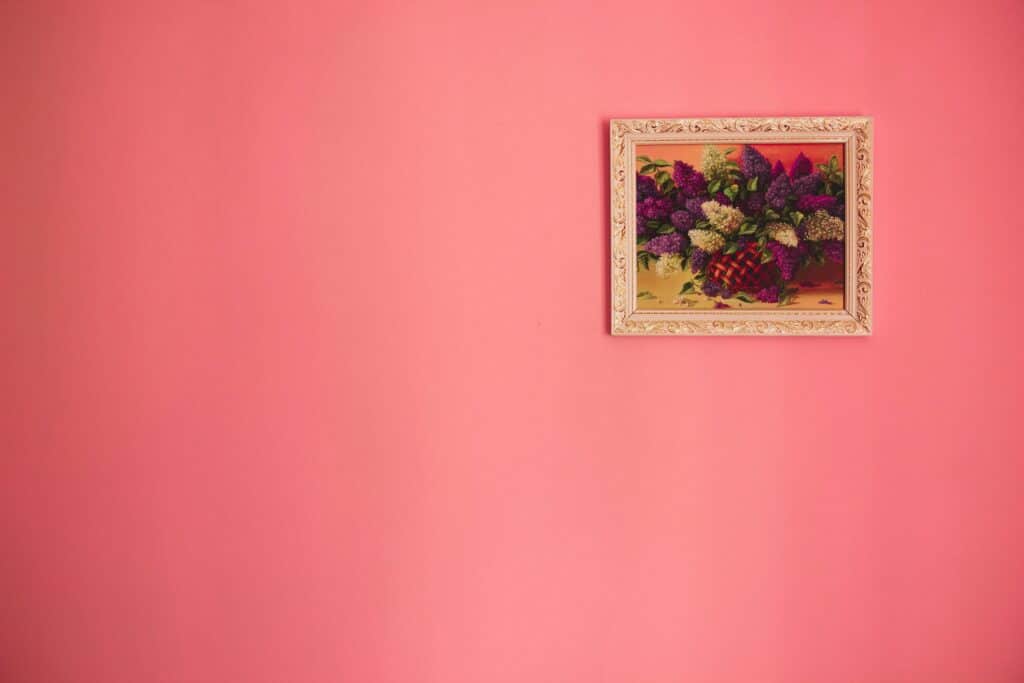Cleaning your roof is crucial for maintaining your home’s top condition in Australia. It’s important to know why and how often you should clean your roof. Regular roof inspections prevent moss and algae, debris, and broken tiles from causing damage and ensure the integrity of your roof over time.
Experts suggest getting your tiled roof, whether terracotta roof tiles or concrete roof tiles, cleaned by professionals once a year. If your area is dirty or the weather is harsh, you might need maintenance more often. This keeps your roof in good condition, prevents tile deterioration, and improves your curb appeal. Professional pressure cleaning is recommended to protect the tiles and avoid damage.
The Importance of Regular Roof Cleaning
Keeping your roof clean is key to its health and appearance. Dirt and debris can pile up over time, which can cause big problems for your home, including damaged tile, water ingress, or a weakened roof cavity. Proper maintenance prevents problems from escalating and ensures the longevity of your roof.
Why Should You Clean Your Roof?
Regular roof cleaning brings many benefits, including:
- It makes your roofing materials last longer: Debris can wear down shingles, cause roof rot, and harm the structure, leading to high repair costs. Cleaning your roof and removing this debris ensures longevity.
- It stops roof leaks and water damage: Debris and growth can lead to leaks, letting water into your home, causing damage.
- It makes your home more energy-efficient: A clean roof reflects more sunlight, which means less heat absorption and lower cooling costs in summer.
- It boosts your home’s curb appeal: A clean roof makes your home look better, raising its value and appeal.
Cleaning your roof often keeps it in top shape, avoids costly repairs, and makes your home look great. It doesn’t matter if you have a tiled, metal, or concrete roof. Regular care is key to protecting your investment and enjoying a clean, healthy roof.
When Is the Best Time to Clean Your Roof?
Cleaning your roof is crucial for homeowners. Spring is the best time for this task in Australia. After winter, roofs accumulate buildup that can harm the appearance and integrity of your roof if left unchecked.
Spring is great for cleaning your roof before the warm months start. Expert roof cleaning services can cost between $38 to $80 an hour, which is a well worth investment to keep your roof in good shape and potentially increase your home’s value.
How Often Should You Clean a Tiled Roof
It’s a good idea to schedule a basic roof maintenance check once a year. This helps keep the tiles in good condition and allows professionals to spot any early signs of wear or damage before they turn into bigger issues.
How often you’ll need a full professional wash depends on your roof’s material, age, exposure to the elements, and nearby surroundings. Older roofs, or roofs shaded by trees or exposed to harsh weather, might benefit from a thorough clean every 1–2 years. Meanwhile, newer roofs in open, drier areas can often go 3–5 years between deep cleans.
Hiring trained professionals is the safest way to look after your roof. They use proper equipment and techniques that protect the tiles and ensure the job is done correctly, without the risk of slips, falls, or accidental damage.
Regular upkeep not only helps your roof last longer, but also keeps your home looking well cared for. With consistent maintenance and appropriately timed deep cleaning, you’re protecting both the appearance and long-term durability of your roof.
Causes of a Dirty Roof and Cleaning Precautions
A clean roof is not just good to look at. It’s also key to your home’s long life and strength. Roofs can get dirty from leaves, sticks, and other debris. This stuff traps moisture, making it perfect for mould to grow. These can cause big roof problems over time.
Common Causes of a Dirty Roof
- Falling debris, such as leaves, branches, and sticks, accumulating on the roof
- Moisture trapped between debris and the roof surface, speeding up moss and mould growth
- Clogged gutters and drains causing water to build up and damage the roof
How to Clean Your Roof Safely
When cleaning your roof, safety comes first. It’s important to inspect your roof for any damage before you start the cleaning process. Remove any loose debris, like leaves and branches. The best cleaning method will depend on the roof type. You can opt for a soft brushing technique if your tiles require minimal maintenance or use a pressure washer for larger roof restoration jobs.
Use eco-friendly cleaners made for your roof type, and be cautious with high-pressure cleaners, as they can damage the surface if not done correctly. For thorough and safe solutions, consider hiring a professional roof cleaning service who have the right skills and tools for the job, like The Pressure Cleaning Guys.
Cleaning Different Types of Roofing Materials
There are different ways to go about upkeeping your roof. The best solution will depend on the material it’s made of.
Cleaning a Metal Roof
Metal roofs, like those made from Colorbond, need regular cleaning to stop moss and mould from growing. Experts use mid to high-pressure washing for the best results. This keeps the roof’s protective layer strong, saving you money on big repairs or a new roof.
Cleaning Roof Tiles
Terracotta tiles and concrete tiles need the right approach to stay in good condition. A suitable cleaning solution is applied first and given time to break down built-up debris. After that, the surface is rinsed using low-pressure washing to avoid damaging the tiles. This gentler method helps maintain the roof’s protective surface and appearance.
If your tile roof has delicate areas, older tiles, or existing wear, it’s best to have trained professionals handle the job. They know how to work safely and use techniques that preserve the tiles rather than strip or crack them.
Conclusion
Looking after a tiled roof is about more than appearances. Regular inspections allow you to spot problems early, before they lead to leaks, structural damage, or costly repairs. When you combine routine checks with periodic maintenance, you’re keeping your roof in top condition for the long term.
While it may be tempting to clean your roof on your own, tile surfaces require the correct tools, safe access, and a method that won’t cause cracks or surface wear. It’s always better to hire a professional roof cleaner, as they know how to handle different tile materials and work safely at heights, ensuring the job is done correctly and without risk to your home.
By investing in consistent care, you help your roof last longer, protect the value of your home, and maintain its overall appearance and performance year after year.
FAQs
Is it safe to clean your tile roof yourself, or should you hire a professional?
Cleaning and maintaining a tiled roof can be risky because walking on the roof may crack tiles and lead to leaks. A professional understands how to safely clean the surface and inspect the roof without causing damage. This helps reduce future roof repair costs and keeps your roof in top shape.
How often should I maintain my roof to prevent damage and keep it performing well?
Even if your roof looks fine, it’s a good idea to have a professional inspect the roof and perform light maintenance at least once a year. This helps catch potential tile issues early, maintain energy efficiency, and prevent small wear from turning into expensive repairs.
What’s the difference between pressure washing and gentler cleaning methods for tiled roofs?
High-pressure blasting can wear away tile coating and should generally be avoided. Professionals typically use low-pressure washing combined with a suitable cleaning solution. This protects the tiles, helps prepare your roof for coating or painting your roof later, and maintains its appearance without causing damage.
Can roof cleaning help with insulation or energy efficiency?
Yes. A clean roof surface reflects heat more effectively, helping regulate indoor temperature. Keeping your tiled roof clean can support insulation performance and reduce how hard your home works to stay cool, especially during hot weather.




